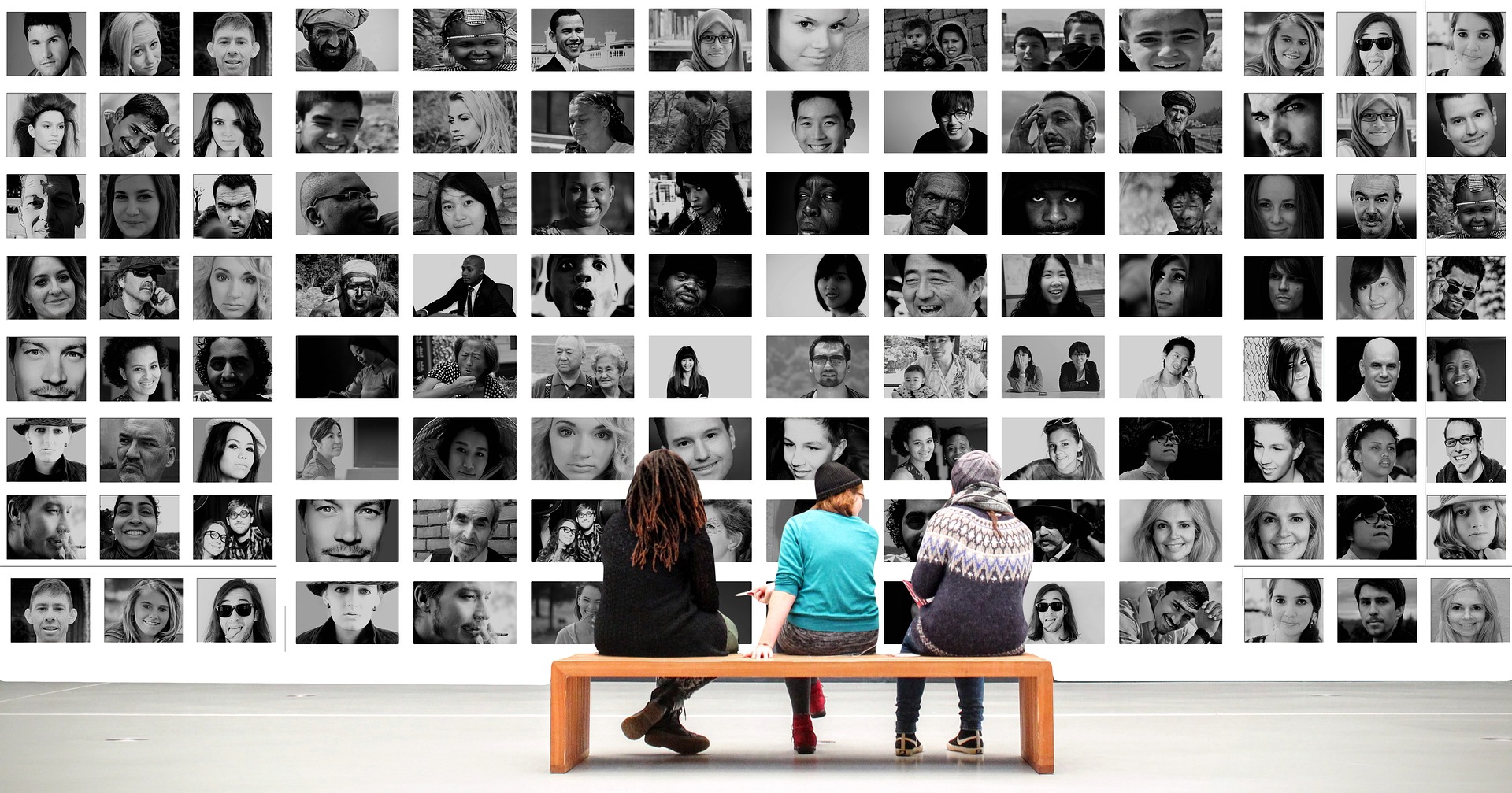Diversity in Hardware Design

For my first design post, I wanted to focus on something that I think is one of the biggest issues facing our society that is largely undiscussed in the mainstream: Diversity in Design.
Diversity in design is probably an intuitive idea to many readers; designs considering more perspectives and experiences usually produce better products which are useful to more people.
Historically in engineering an engineer is faced with a problem, comes up with a solution, and works to implement that solution. At first glance this approach makes sense, but it is missing a vital step: it does not consider input from the end user. As a result, many of the products do not begin with listening and really understanding the product audience. Understandably, these products are often not what the audience actually requires and tend to be unpopular. Here, the term unpopular covers a large umbrella of potentially negative consequences. The most minor of which being that it is a capitalistic democracy, no one buys the product, and the production company faces economic consequences. These potential consequences, however, can be much more dire.
Designs produced from a team lacking diversity and without input from underrepresented groups can affect the produced product by accidentally omitting variables or design aspects that would be necessary for the device to be utilized by certain groups. These omissions are often unintended biases in the hardware or software produced by these groups which lack diversity. Over time, this leads to underrepresented populations unable to use certain devices or products.
Implicit biases in design can impact consumer products which many take for granted, such as the lack of accessibility in bra design for women.
These implicit biases though can also be more severe, resulting in larger scale designs which have very real, and sometimes fatal, affects. A major example of severe consequences is in biomedical applications.
Fool me twice, shame on me
Biomedical devices are critical to the health of the user, ranging from improving daily life quality, to machines operating in hospitals to interpret the patients health or to keep them alive. With the high stakes involved in biomedical engineering, User Centered and Universal Design are heavily weighted in schooling and in practice. This has resulted in many devices created to appropriately accommodate many different people from different backgrounds, genders and ethnicities.
With all of this history and understanding in mind, those of us working in the field of NeuroTechnology are placed in an interesting position: as this field grows into daily consumer products and large scale health applications, how do we ensure fair design which benefits everyone? As knowledge expands from academia into industry applications, how do we ensure research involves diverse datasets so data-based hardware is not inherently biased? How do we approach hardware where skin colour is a required variable for analysis, such as in fNIRS? How do we overcome implicit biases that we see at the design stage, such as the implicit sexism of EEG hardware? How are we elevating underrepresented minorities in this field to ensure that each potential end user has a seat at the table right from the beginning?
«How do we ensure fair design which benefits everyone? These are the kinds of conversations that we need to prioritize as a community.»
These are the kinds of conversations that we need to prioritize as a community.
[wp-svg-icons icon=»bubbles» wrap=»i»] There are many possible approaches to solving these issues, and each of these questions could probably (and may eventually) be discussed in an individual blogpost. I believe though that a good start would be to begin with improve diverse representation across the product design cycle. The research participants creating the initial datasets should be from different populations to reduce implicit bias in the initial research findings. Having diversity in the researchers as well will lead to more questions being asked and therefore more variables being considered and accounted for.
[wp-svg-icons icon=»bubbles» wrap=»i»] The transition from research to industry will be eased as the data and research findings will apply to underrepresented groups as well as majority populations. Diverse members will make accommodating products an obvious requirement to address and will highlight potential issues with the device for the population. With underrepresented minority groups involved in the following product design as well, the produced designs will likely be useful for the majority of represented groups.
[wp-svg-icons icon=»bubbles» wrap=»i»] Corporations are additionally economically incentivized to follow this more diverse structure as it will improve the quality of the final product and will increase the Total Addressable Market.
The answers to these questions, collectively, would bring us closer to fair and advantageous products that benefit everyone.

Perhaps most importantly, encouraging initiative and enthusiasm in design for the diverse team members naturally leads to solutions. A lovely example of this happened here at IDUN last week, where we analysed EEG impedance data and found that male data was consistently producing better results than the associated data conducted on female participants. Immediately, multiple female engineers in our team shifted into problem solving mode and had a spontaneous brainstorming session on potential strategies we could apply to improve the female data quality and to equalize the produced data.
In NeuroTech we have the unique opportunity of pre-emptively addressing biases and problems with diversity at this early stage before the consumer products become mainstream and the neuroscience systems become even more integrated with general medical practices.
«We have the unique opportunity of pre-emptively addressing biases and problems with diversity at this early stage before the consumer products become mainstream.»
At IDUN Technologies, we are striving to take advantage of this opportunity. We are a diverse and global team and are actively communicating with potential future customers from around the world. By hosting discussions with stakeholders with different backgrounds, ethnicities, and cultures, we are hoping to answer some of these questions, and produce products which are universally useful and appreciated. We are actively working on solutions to the big questions and understand that they will not have an easy or simple answer. Working with diverse teams though are a good place to start, and we hope to not only contribute to this issue throughout NeuroTech but to continue leading by example.
Hello everyone!
Thank you for reading my blog post. My name is Abby Holland. I graduated of biomedical engineering from Queens University in Canada. At Queens, I led the NeuroTechX student chapter for three years. I held also an internship at muse, working on the research and design for the Muse S. Currently I am the Test Engineer for IDUN Technologies. Finally, I am also working as the lead for the NeuroTechX Diversity Initiative and helping organize the newly formed NeuroTechX Zurich Chapter.
Do you want to get in contact and discuss the topic? Connect me on linkedin or write me an email!

us on our socials!
Where to find us
We are located in the outskirts of Zurich, near the airport. We always welcome drop-in visits!
Get in touch
Error: Contact form not found.
